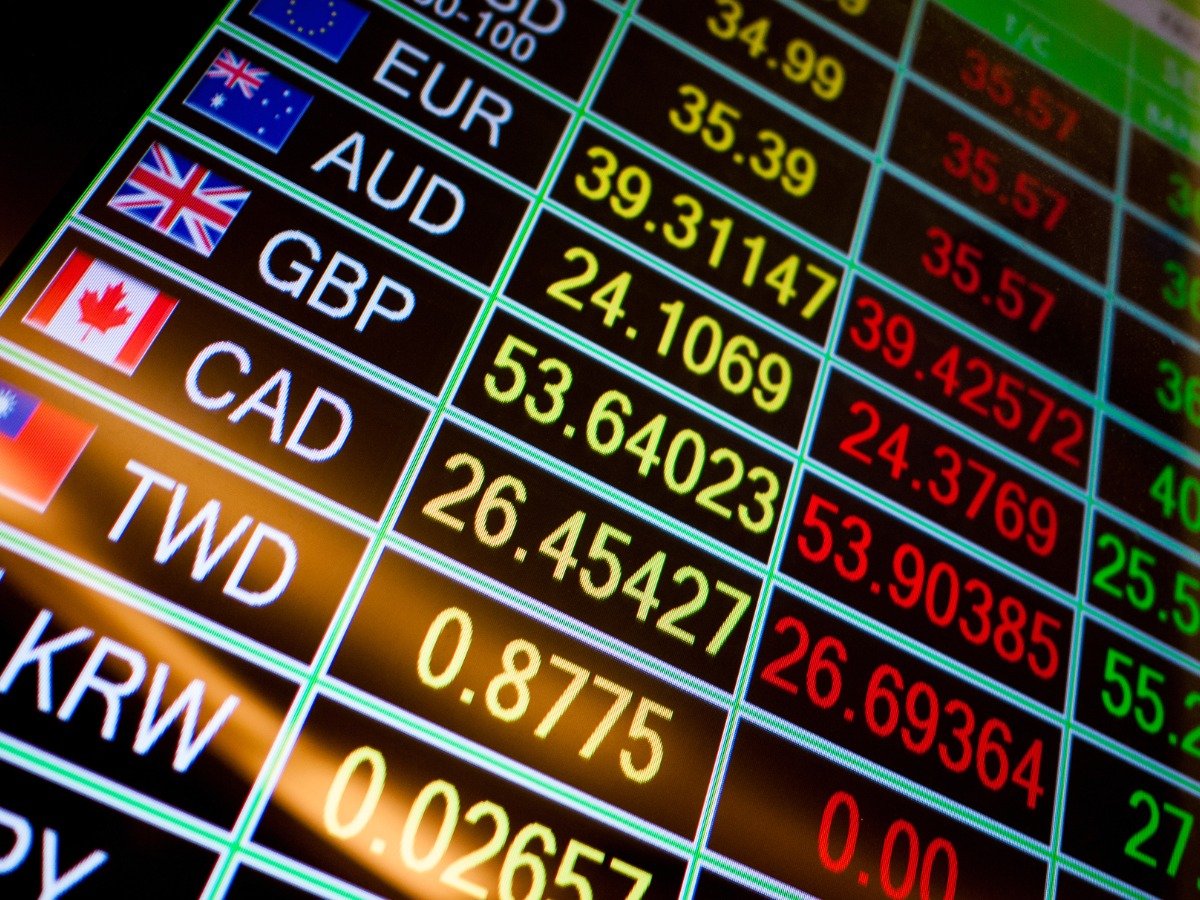Trading the Euro to Indian Rupee (EUR/INR) currency pair can offer exciting opportunities for forex traders. However, to make informed trading decisions, it is essential to understand the signals and factors that influence the EUR to INR exchange rate. In this comprehensive guide, we will explore various signals and techniques to predict the EURO to INR prediction for price movements, helping you navigate this currency pair more effectively.
Table of Contents
Fundamental Analysis of Euro to INR
Fundamental analysis involves assessing the underlying economic factors that influence currency exchange rates. Key indicators to consider when predicting the EUR/INR include:
- Interest Rates:
Central bank interest rate decisions can significantly impact currency valuations. Monitor the European Central Bank (ECB) and Reserve Bank of India (RBI) announcements regarding changes in interest rates and monetary policies.
- Economic Data:
Pay attention to economic indicators such as GDP growth rates, inflation, employment data, and trade balances for both the Eurozone and India. Positive or negative surprises in these data points can influence the EUR/INR exchange rate.
- Political Developments:
Keep an eye on political events, trade agreements, and geopolitical tensions between the Eurozone and India. Political stability and international relations can impact currency movements.
Technical Analysis of Euro To INR:
Technical analysis involves studying historical price patterns and using various indicators like NIO stock price prediction 2030 to predict future price movements. Some popular indicators for EUR/INR trading include:
a. Moving Averages:
Moving averages help identify trends by smoothing out price fluctuations over a specific period. The 50-day and 200-day moving averages are commonly used to identify long-term trends in the EUR/INR exchange rate.
b. Support and Resistance Levels:
These levels indicate areas where the price tends to find support or encounter resistance. By identifying these levels through Traders Union analysts, traders can anticipate potential reversals or breakouts.
c. Fibonacci Retracement:
Fibonacci retracement levels are calculated based on the Fibonacci sequence and can help identify potential areas of support and resistance. Traders often use these levels to determine potential entry or exit points.
d. Oscillators:
Oscillators, such as the Relative Strength Index (RSI) or Stochastic Oscillator, help assess overbought or oversold conditions in the market. These indicators can provide insight into potential reversals or continuation of trends.
Sentiment Analysis:
Sentiment analysis involves gauging market sentiment and investor psychology to anticipate price movements. It can be done through:
a. News and Market Sentiment:
Stay updated with relevant news, economic reports, and market sentiment regarding both the Eurozone and India. Positive or negative sentiment can influence trader behavior and impact the EUR/INR exchange rate.
b. Market Positioning:
Analyze the positioning of institutional traders, such as hedge funds or banks, through reports like the Commitments of Traders (COT) to understand the sentiment and potential market shifts.

Intermarket Analysis:
Intermarket analysis examines the relationship between different financial markets to predict currency movements. In the case of EUR/INR, consider the impact of:
a. Global Equity Markets:
Monitor major stock indices, such as the S&P 500 or the EURO STOXX 50, as their performance can influence investor risk appetite and capital flows.
b. Commodity Prices:
Keep an eye on commodities like crude oil, gold, and agricultural products, as they can impact the respective countries’ economies and currency values.
Using Signals and Price Prediction Tools:
a. Forex Signals:
Utilize forex signal services or platforms that provide trade recommendations based on technical or fundamental analysis. These signals can assist in identifying potential entry and exit points for EUR/INR trades.
b. Economic Calendars:
Refer to economic calendars to stay updated with upcoming economic events, data releases, and central bank meetings. These events can create volatility and opportunities in the EUR/INR market.
c. Forex Forecasting Tools:
Consider using forex forecasting tools that combine various indicators and algorithms to provide price predictions for the EUR/INR pair. These tools can assist in making more informed trading decisions.
Conclusion:
Successfully predicting the EUR/INR exchange rate requires a combination of fundamental analysis, technical analysis, sentiment analysis, and intermarket analysis. By understanding the economic factors, technical indicators, market sentiment, and intermarket relationships, traders can gain valuable insights into potential price movements. It is crucial to continuously monitor relevant news, economic events, and market sentiment to adapt to changing market conditions. Remember that no prediction method guarantees 100% accuracy, so risk management and prudent trading practices are essential for long-term success in EUR/INR trading.
Also Read: https://www.e2-e4.tv/quotex-unlocking-the-potential-of-binary-options-trading/




